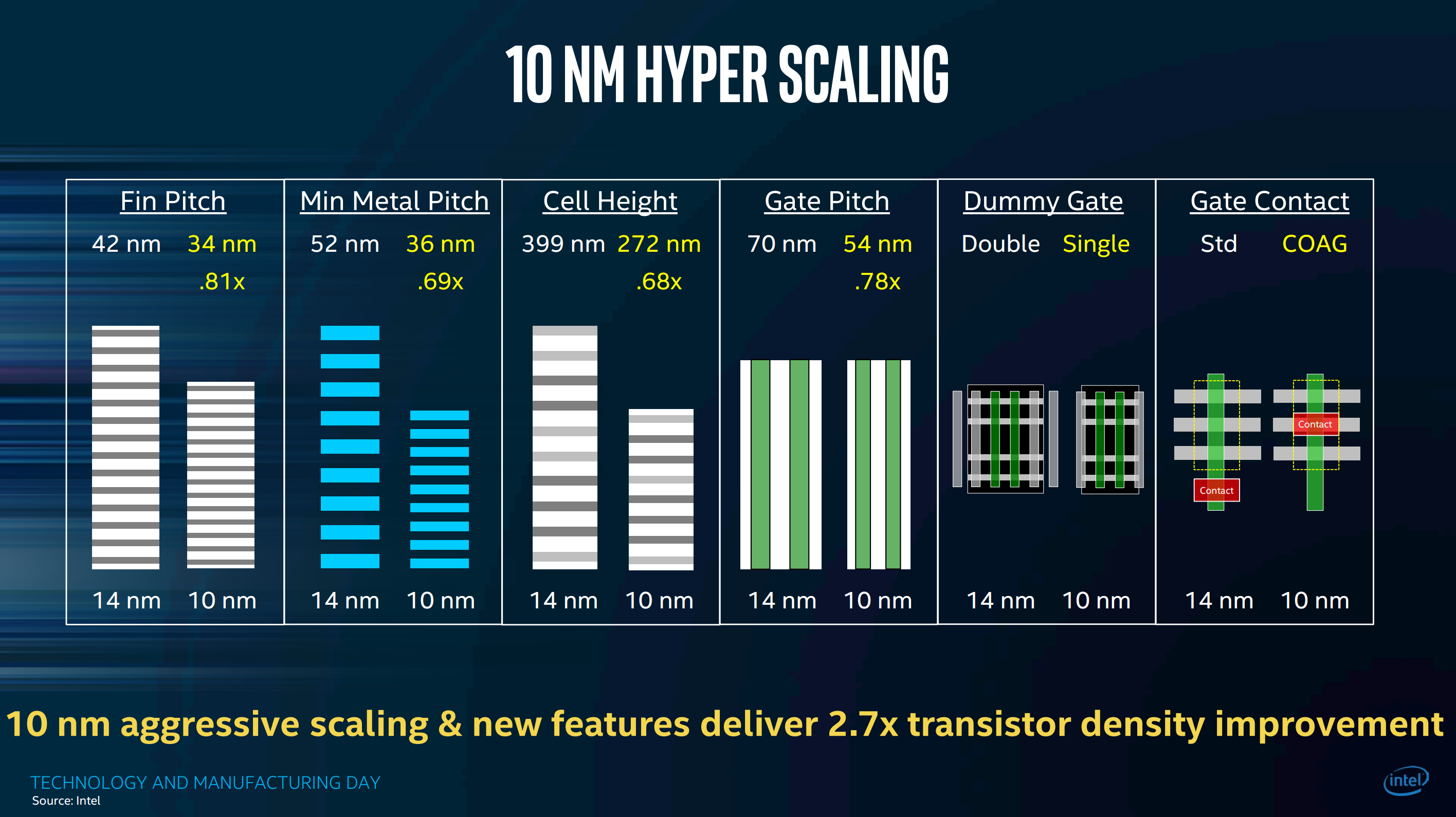- Joined
- Aug 20, 2006
- Messages
- 13,000
SemiAccurate is reporting that one of Intel’s marquee foundry customers has just jumped ship: while their identity appears to be paywalled, the loss is due to Intel’s supposed failure in developing a viable 10nm process. These products were supposed to be out more than two years ago, and it still remains unclear when they will truly debut.
…Intel can’t make 10nm chips, has a customer list that can be counted on one hand, and the ones of those with financially significant volumes can be counted on one finger. Progress is being made though, and customers should be happy with the timelines Intel is promising. And delivering. Page 11 notwithstanding. Since the 2013/2014 announcements, several others, a few big names included, have officially signed on. This ‘wave’ was set into motion by ARM announcing they would be working with Intel as a foundry. Big names followed. One of the largest just left.
…Intel can’t make 10nm chips, has a customer list that can be counted on one hand, and the ones of those with financially significant volumes can be counted on one finger. Progress is being made though, and customers should be happy with the timelines Intel is promising. And delivering. Page 11 notwithstanding. Since the 2013/2014 announcements, several others, a few big names included, have officially signed on. This ‘wave’ was set into motion by ARM announcing they would be working with Intel as a foundry. Big names followed. One of the largest just left.
![[H]ard|Forum](/styles/hardforum/xenforo/logo_dark.png)



